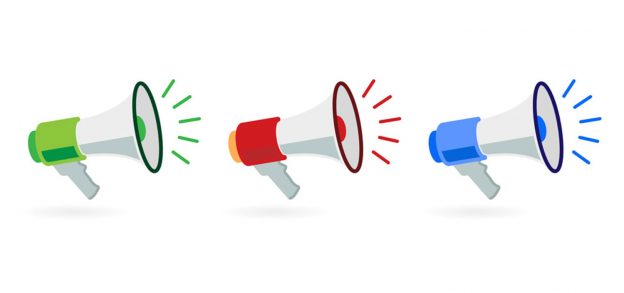It’s a well-known fact that a business plan is vital. However, many people don’t realise that a marketing plan is just as important.
A marketing plan is a strategic document outlining your objectives. It spells out all the tactics you’ll use to achieve your goals. It’s your plan of action, and unless you’re using it to help gain funding, it doesn’t have to be lengthy: bullet points will do.
Here are the elements you should include in your marketing plan:
1. SITUATION ANALYSIS
This is a snapshot of your current situation. It can be broken down into these sub-sections:
• Definition of your company and its products or services
• Your strengths, weaknesses, opportunities and threats
• How the benefits you provide set you apart from your competition (also known as your Unique Selling Proposition or USP)
2. TARGET CUSTOMERS
Create a simple description of your target customer. This is known as a Customer Persona. You can describe the person in terms of demographics - age, gender, family, income, location - as well as lifestyle or social factors. Is your customer traditional or modern? Are they leaders or followers? Introverted or extroverted? How often do they purchase what you’re selling? You'll probably have a number of different customer types; create personas for each of them.
Customer Personas work just as well for B2B organisations, although you’ll need to adjust them slightly. Your target customers will be working within other businesses. You can define them based on their type of business, job title, size of business, location, estimated turnover, etc.
3. MARKETING OBJECTIVES
What do you want your marketing plan to achieve? For example, are you hoping for a 10% increase in sales per quarter?
Write down a short list of goals. Make them SMART (specific, measurable, achievable, relevant/realistic and time-bound) so you’ll know when you’ve achieved them.
4. MARKETING COMMUNICATIONS STRATEGIES AND TACTICS
This is probably the most important part of your marketing plan. In this section you should detail the tactics you’ll use to reach your target customers from section 2, and achieve your objectives from section 3.
Strategies
Different strategies are suitable for different stages of the ‘customer journey’. For example, advertising and direct marketing are great for reaching cold prospects. Warm prospects - people who have already been exposed to your marketing message and perhaps even met you - will respond best to permission-based email, for example. Your hottest prospects are people who already know you, and are ready to buy. Generally, personal contact (whether face-to-face, by phone, or email) combined with good marketing will help complete the sale.
Tactics
In this section, summarise your marketing strategies above, then list the tactics you’ll use to reach your customers at different stages of the customer journey. For example, you might combine online and print advertising to reach cold prospects, but use email to contact your warm prospects.
To identify your ideal ‘marketing mix’, find out which media your target audience turns to for information on the type of product or service you sell. Are your target customers using social media? Do they read trade publications? Do they attend industry events? The marketing tactics you choose should reach people when they’ll be most receptive to your messages.
5. MARKETING BUDGET
A good rule of thumb is to set aside a percentage of projected annual sales for your marketing budget.
Tactics are available for even the smallest budgets. If you exceed the budget in your marketing plan, you can simply go back and adjust your tactics until you have a mix that’s affordable for you. The key is to never stop marketing.
6. REVIEW AND ADJUST
The final step in any plan is to monitor and evaluate progress. If you're not achieving the results you would like, go back a few stages in the plan and make any tweaks you feel are necessary.






